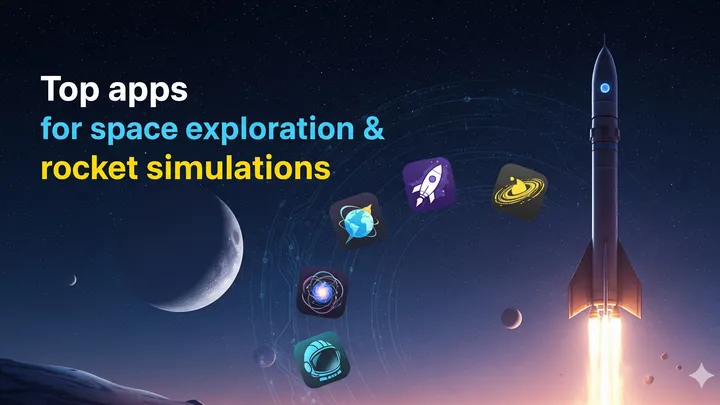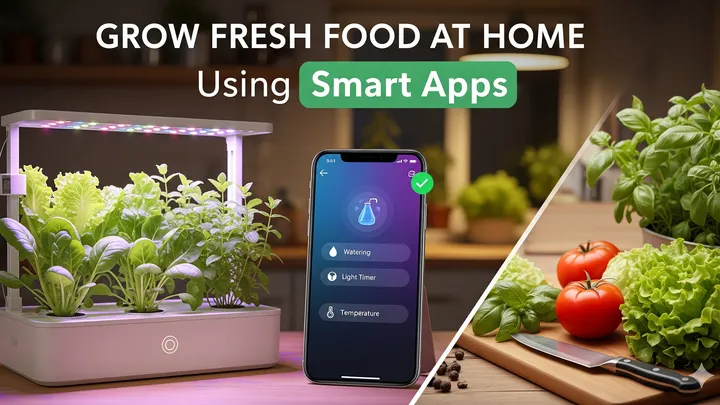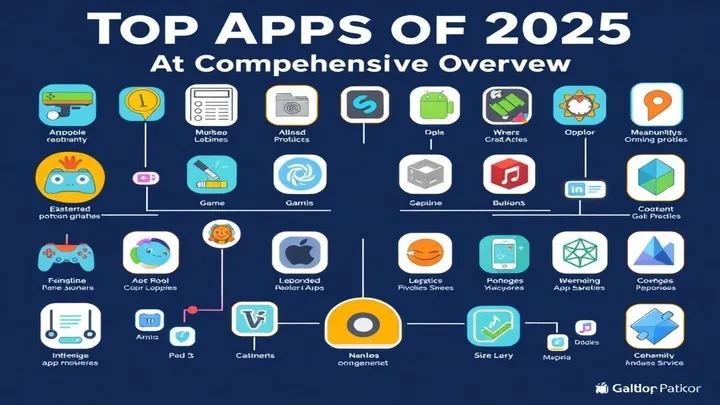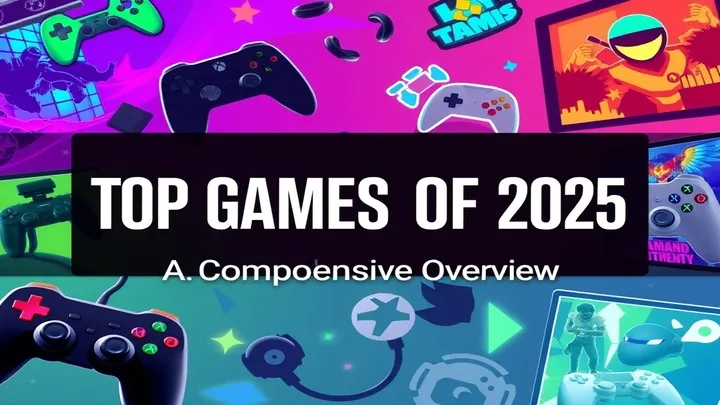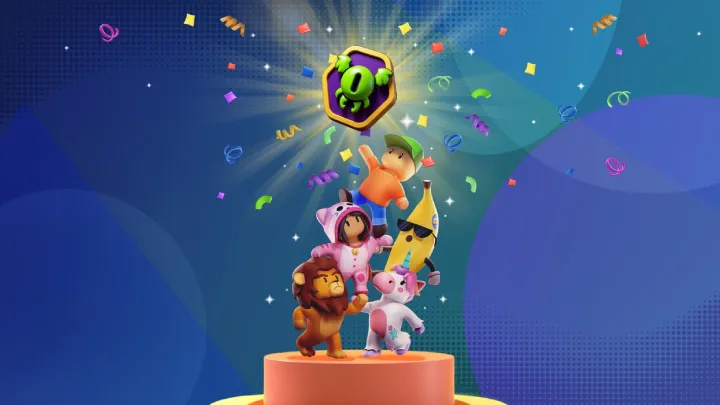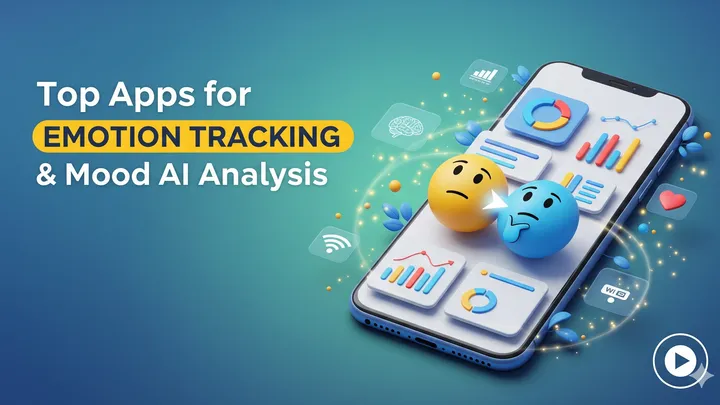Introduction
In an era where technology permeates every aspect of our lives, mobile applications have become essential tools for communication, productivity, entertainment, and well-being. As we progress through 2025, numerous apps have emerged, each designed to enhance our daily experiences. This article provides an in-depth analysis of the top apps of 2025, exploring their features, functionalities, and the impact they have on users and industries.
1. The Evolution of Mobile Applications
1.1 Historical Context
The world of mobile applications has evolved dramatically over the past decade. Beginning with simple, standalone applications, the landscape has transformed into a complex ecosystem that integrates advanced functionalities such as artificial intelligence (AI), augmented reality (AR), and machine learning.
1.2 Current Trends in App Development
As we dive into 2025, several key trends are shaping the app marketplace:
- Personalization: Apps are increasingly leveraging user data to provide tailored experiences, enhancing engagement and satisfaction.
- Health and Wellness: There’s a growing demand for apps that support mental health, fitness, and overall well-being.
- Sustainability: Eco-friendly apps that promote sustainable lifestyle choices are gaining traction among environmentally conscious consumers.
2. Top Apps of 2025
2.1 Productivity Apps
2.1.1 Notion
Overview: Notion has become a powerhouse in productivity, offering a versatile workspace where users can manage notes, tasks, databases, and projects all in one place.
Key Features:
- Customizable Templates: Create personalized workflows with a variety of templates.
- Real-time Collaboration: Work simultaneously with team members on documents and projects.
- Integration Capabilities: Connects seamlessly with tools like Google Drive, Trello, and Slack.
Impact: Notion has revolutionized how individuals and teams organize their work, promoting efficiency and collaboration.
2.1.2 Todoist
Overview: Todoist remains a leading task management app, helping users prioritize and organize their tasks effectively.
Key Features:
- Natural Language Processing: Easily add tasks using conversational language.
- Recurring Due Dates: Set tasks to repeat daily, weekly, or monthly.
- Project Sharing: Collaborate with others by sharing projects and tasks.
Impact: Todoist simplifies task management, allowing users to focus on what matters most and improve their productivity.
2.2 Communication Apps
2.2.1 Slack
Overview: Slack continues to be a dominant force in workplace communication, providing a platform for messaging, file sharing, and collaboration.
Key Features:
- Channels: Organize discussions by topics or projects.
- Integration with Tools: Connect with apps like Google Workspace, Dropbox, and Zoom.
- Voice and Video Calls: Facilitate real-time communication among team members.
Impact: Slack has transformed how teams communicate, reducing reliance on email and fostering a collaborative environment.
2.2.2 Discord
Overview: Initially targeted at gamers, Discord has expanded to encompass various communities, offering a platform for voice, video, and text communication.
Key Features:
- Community Servers: Create and join servers based on shared interests.
- Screen Sharing: Share your screen with friends or community members.
- Event Scheduling: Organize and promote events within communities.
Impact: Discord has become a central hub for community engagement, enabling users to connect over shared interests in an interactive way.
2.3 Health and Wellness Apps
2.3.1 Headspace
Overview: Headspace is a leading meditation and mindfulness app designed to improve mental well-being.
Key Features:
- Guided Meditations: A variety of meditations tailored to different needs, such as stress relief or sleep improvement.
- Sleep Sounds: Ambient sounds and sleepcasts to aid relaxation and sleep.
- Progress Tracking: Monitor your meditation journey and mental health improvements.
Impact: Headspace has played a significant role in promoting mental health awareness and providing accessible tools for stress management.
2.3.2 MyFitnessPal
Overview: MyFitnessPal is a comprehensive fitness and nutrition app that helps users track their diet and exercise.
Key Features:
- Calorie Counter: Easily log meals and track caloric intake with a vast food database.
- Exercise Logging: Record workouts and track physical activity.
- Community Support: Connect with others for motivation and accountability.
Impact: MyFitnessPal empowers users to make healthier lifestyle choices, fostering a culture of fitness and well-being.
2.4 Finance Apps
2.4.1 Mint
Overview: Mint is a personal finance app that helps users manage their budgets, track expenses, and monitor investments.
Key Features:
- Budget Creation: Set up budgets based on income and expenses.
- Expense Tracking: Categorize spending to identify areas for improvement.
- Credit Score Monitoring: Keep track of your credit score and receive insights for improvement.
Impact: Mint has democratized financial management, providing users with the tools they need to take control of their finances.
2.4.2 Robinhood
Overview: Robinhood has revolutionized investing by offering commission-free trading and a user-friendly interface.
Key Features:
- Real-Time Market Data: Access to live market data and stock price alerts.
- Fractional Shares: Invest in stocks with as little as $1.
- Educational Resources: Learn about investing through articles and tutorials.
Impact: Robinhood has made investing more accessible, encouraging a new generation of investors to participate in the stock market.
2.5 Entertainment Apps
2.5.1 Netflix
Overview: Netflix remains a leading streaming service, providing a vast library of movies, TV shows, and original content.
Key Features:
- Personalized Recommendations: AI-driven suggestions based on viewing history.
- Download for Offline Viewing: Watch content without an internet connection.
- Multiple Profiles: Create personalized profiles for different users.
Impact: Netflix has transformed how we consume media, setting the standard for streaming services worldwide.
2.5.2 Spotify
Overview: Spotify continues to dominate the music streaming industry, offering millions of songs, playlists, and podcasts.
Key Features:
- Personalized Playlists: Discover new music through curated playlists and algorithms.
- Podcast Integration: Access a wide range of podcasts within the app.
- Collaborative Playlists: Share and create playlists with friends.
Impact: Spotify has changed the way we listen to music, promoting music discovery and accessibility.
3. The Impact of Apps on Society
3.1 Enhancing Productivity and Work-Life Balance
Mobile applications have significantly improved productivity, enabling individuals and teams to work more efficiently. Tools like Notion and Slack streamline workflows, while task management apps like Todoist help users prioritize their tasks. This increased efficiency often leads to a better work-life balance, allowing individuals to manage their time more effectively.
3.2 Promoting Health and Wellness
Health and wellness apps have become essential tools for individuals looking to improve their physical and mental well-being. Apps like Headspace and MyFitnessPal empower users to take charge of their health, fostering a culture of self-care and mindfulness. As awareness of mental health issues grows, these apps play a crucial role in providing accessible resources for support.
3.3 Transforming Communication
The rise of communication apps like Slack and Discord has transformed how we connect with others. These platforms facilitate collaboration and community building, breaking down barriers and fostering connections across geographic boundaries. This evolution is particularly evident in remote work environments and online communities.
3.4 Revolutionizing Finance
Finance apps like Mint and Robinhood have democratized financial management and investing, making these tools accessible to a broader audience. By simplifying complex financial concepts and providing user-friendly interfaces, these apps empower individuals to take control of their financial futures.
4. Future Trends in App Development
4.1 Integration of AI and Machine Learning
As AI technology continues to advance, we can expect even more personalized experiences in mobile apps. Future applications will likely leverage AI to anticipate user needs, provide tailored recommendations, and enhance overall usability.
4.2 Focus on Privacy and Security
With growing concerns about data privacy, app developers will need to prioritize user security. Future apps will likely incorporate advanced security features and transparent data practices to build trust with users.
4.3 Expansion of AR and VR Experiences
As AR and VR technologies become more mainstream, we can expect to see innovative applications in various sectors, including gaming, education, and retail. These immersive experiences will enhance user engagement and offer new ways to interact with digital content.
Conclusion
As we navigate through 2025, the landscape of mobile applications continues to evolve, offering innovative solutions to meet the diverse needs of users. From productivity and communication to health and finance, the top apps of this year are shaping how we live, work, and connect. As technology advances, we can expect even more exciting developments in the app ecosystem, further enhancing our daily experiences.
In summary, the apps we use today are not just tools; they are integral components of our lives that promote productivity, well-being, and connectivity. By staying informed about the latest trends and innovations, users can harness the full potential of these applications to enrich their lives.








